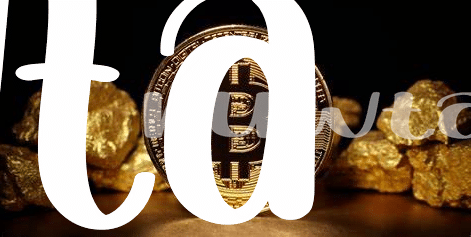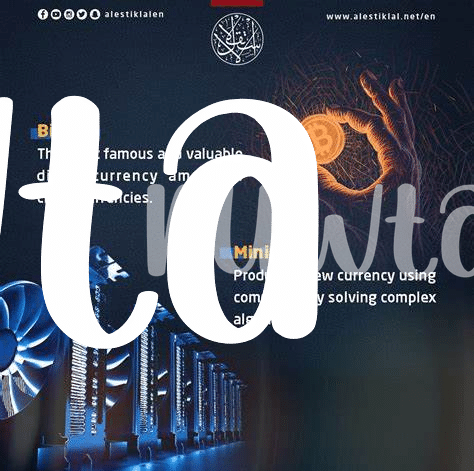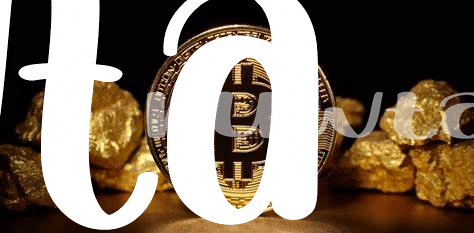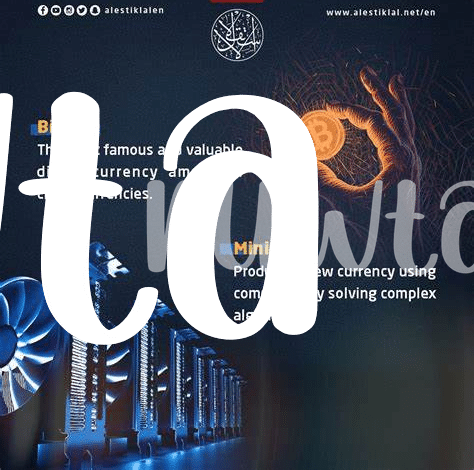Historical Overview 🕰️

Throughout the dynamic history of Hungary’s mining industry, a tapestry of events has woven together to shape the current landscape. From the early days of mining practices rooted in tradition to the evolution driven by industrialization, Hungary’s mining sector has experienced a series of transformations. The ebb and flow of economic conditions, technological advancements, and societal needs have all left their mark on the trajectory of mining activities within the country, reflecting a journey marked by both challenges and triumphs. As we delve into the historical tapestry of Hungary’s mining sector, we unravel a narrative that speaks of resilience, adaptation, and the enduring interplay between human ingenuity and the natural resources beneath the surface.
Impact of Regulations and Legislation 📜
The mining landscape in Hungary has been significantly shaped by a series of government regulations and legislation over the years. These policies have played a crucial role in setting the framework within which the mining industry operates, influencing various aspects from safety standards to investment incentives. By implementing and enforcing these regulations, the government seeks to not only ensure the responsible extraction of resources but also to protect the interests of local communities and the environment. Additionally, these laws often dictate the licensing process, operational requirements, and the overall direction of the mining sector in Hungary. The impact of such regulations reverberates throughout the industry, impacting stakeholders at different levels and driving the course of development in the mining sector.
As the government continuously refines its approach to mining regulations, the industry in Hungary faces evolving challenges and opportunities. Striking a balance between economic development, environmental sustainability, and social responsibility remains a primary objective. Through proactive policy-making and effective enforcement, the government aims to create a regulatory environment that fosters a thriving and sustainable mining industry in Hungary. By understanding and adapting to these regulations, mining companies can navigate the legal landscape more effectively while contributing positively to the country’s overall economic growth and social well-being.
Influence on Local Economies 💼

Government policies play a pivotal role in influencing the dynamics of local economies tied to the mining sector in Hungary. By establishing regulations and guidelines, the government shapes the flow of investment, job creation, and overall economic activity in mining regions. The presence of supportive policies can attract both domestic and foreign investors, leading to increased economic opportunities for local businesses and communities. Additionally, government interventions can help mitigate potential negative impacts on the economy, such as market fluctuations or resource depletion, thereby fostering sustainable growth and development.
Environmental Considerations 🌿

Environmental considerations play a pivotal role in shaping Hungary’s mining landscape. The preservation of ecosystems, water resources, and air quality are key factors driving the shift towards environmentally sustainable mining practices. Stricter regulations regarding waste management, reclamation of mined lands, and emissions control are being implemented to minimize the industry’s impact on the environment. With a growing global emphasis on sustainable development, Hungary is increasingly focusing on balancing economic growth with environmental protection in its mining sector.
Bitcoin mining energy regulations in Honduras
Technological Advancements in Mining 🛠️
Technological advancements have revolutionized the mining industry, enhancing efficiency and safety while minimizing environmental impact. From autonomous vehicles and drones for surveying to advanced software for predictive maintenance, these innovations have transformed traditional mining practices. Moreover, the integration of artificial intelligence and big data analytics has empowered companies to make data-driven decisions for optimized operations. These advancements not only streamline processes but also improve worker productivity and reduce operational costs. Looking ahead, further advancements such as blockchain technology for transparent supply chains and virtual reality for enhanced training are on the horizon, promising continued evolution in the mining sector. As the industry embraces these technologies, it is poised to navigate future challenges and embrace sustainable practices in mining operations moving forward.
Future Prospects and Challenges 🔮

In the realm of Hungary’s mining landscape, the future holds a tapestry of prospects intertwined with distinctive challenges. As technology continues to evolve, opening up new possibilities for efficient operations and resource utilization, the industry stands at a pivotal juncture. However, the path forward is not devoid of obstacles. Striking a delicate balance between economic growth and environmental conservation remains a pressing concern. Moreover, navigating regulatory frameworks and adapting to shifting market dynamics present formidable challenges that require agile strategies and innovative solutions.
Bitcoin mining energy regulations in Haiti harmonize with the sustainable practices demonstrated in bitcoin mining energy regulations in Iceland, showcasing the critical importance of responsible resource management in the global mining sector.
